Click here to view more from Gastroenterology Data Trends 2024
Fluid Management in Acute Pancreatitis
Jorge D. Machicado, MD, MPH
Clinical Assistant Professor
Division of Gastroenterology and Hepatology
University of Michigan
Ann Arbor, Michigan
Disclosures:
Serve(d) as a speaker for: Mauna Kea Technologies (Paris, France 10/21)
Received income in an amount equal to or greater than $250 from: Mauna Kea Technologies (Paris, France 10/21)

Acute pancreatitis is marked by inflammation of the pancreas, potentially leading to organ failure and pancreatic necrosis. Early management relies heavily on intravenous (IV) fluid resuscitation. Initiating fluid resuscitation at an early stage can enhance pancreatic perfusion and maintain adequate systemic circulation, reducing the risk of pancreatic necrosis, hypovolemic shock, and organ failure.1
Recently, a series of randomized controlled trials have provided a clearer understanding of the type and rate of fluid administration that is the most beneficial for patients with acute pancreatitis.2-4 The approach to managing fluids in cases of acute pancreatitis may vary depending on the severity of the condition and individual patient factors. Fluids should be prescribed considering their composition (type of fluid), dosing (rate of administration), goals, potential risks, and contraindications.2,3 Close monitoring and assessment are essential components of effective fluid management of acute pancreatitis.2
1
-

-

-

-
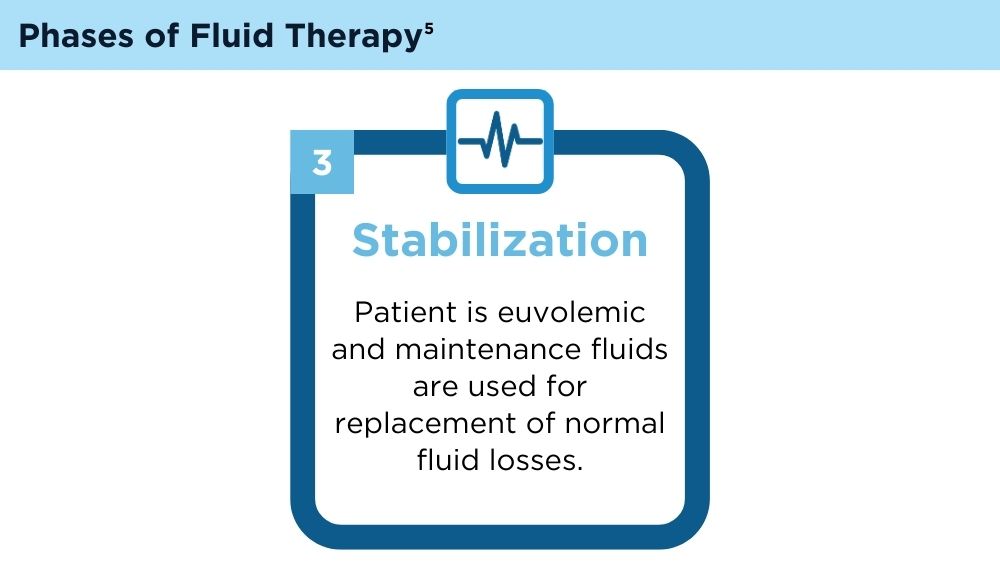
-
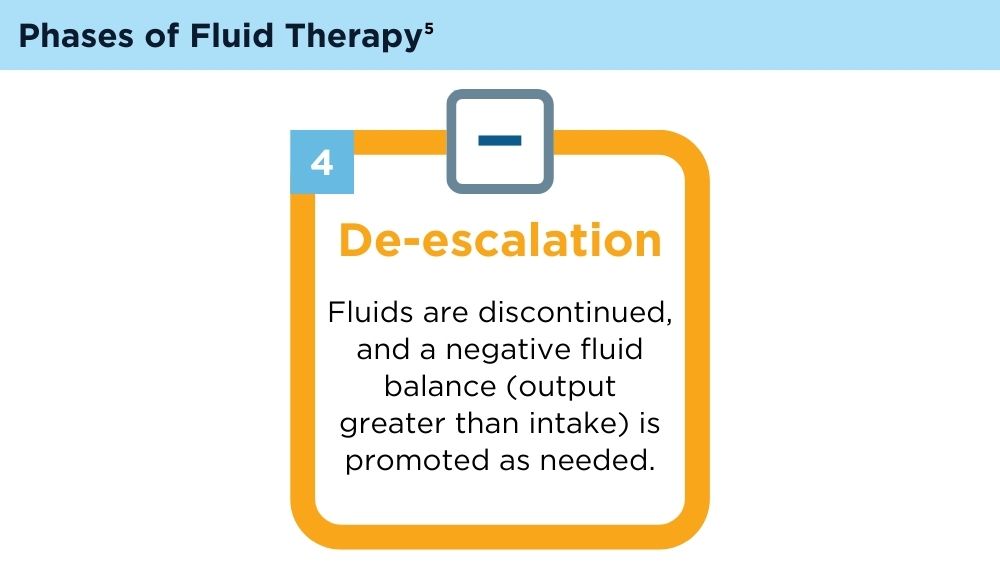
-

WATERFALL was a recent multinational, open-label, randomized controlled trial comparing early weight-based aggressive vs nonaggressive fluid resuscitation in patients with acute pancreatitis. This landmark study has helped clarify the question of the optimal rate of fluid administration in acute pancreatitis.
-
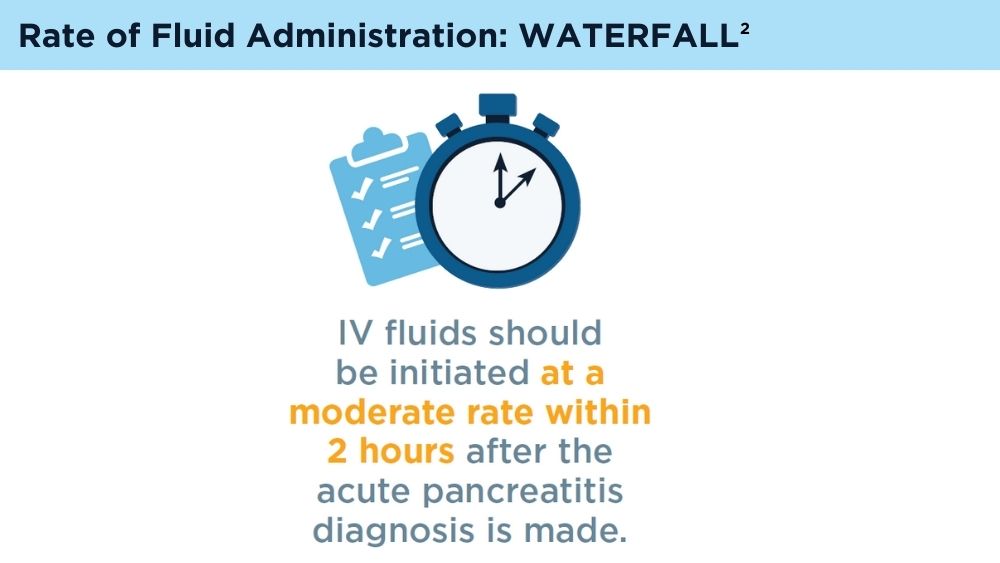
-

The study was terminated after first interim analysis of 249 patients. There was no significant dierence in incidence in moderately severe (MS) or severe acute (SA) pancreatitis by fluid rate.
-

However, fluid overload was 2.85x greater with an aggressive vs moderate rate of resuscitation.
-

-
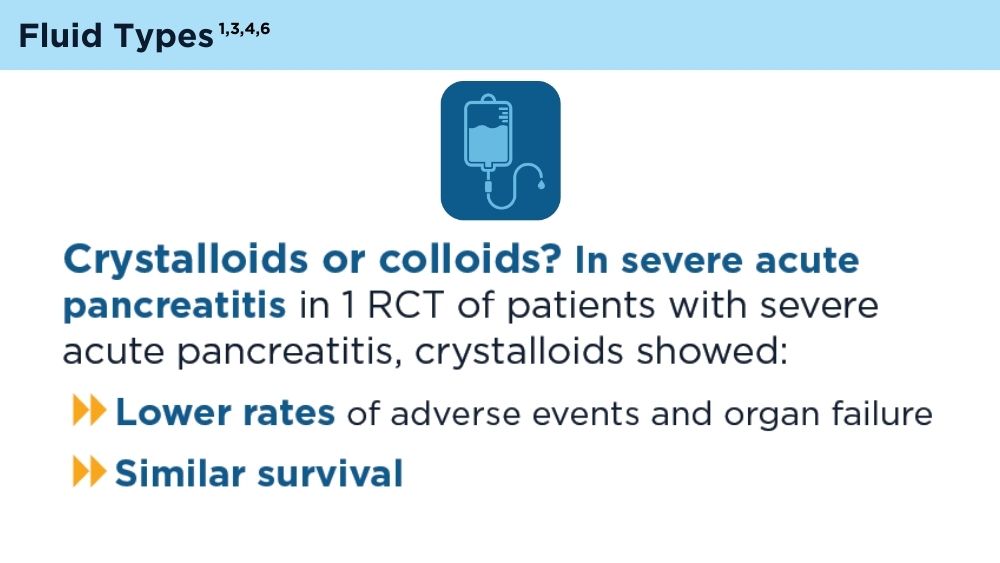
RCT, randomized controlled trial
-

CI, confidence interval; LR, lacated ringer; NS, normal saline; RR, risk ratio
-
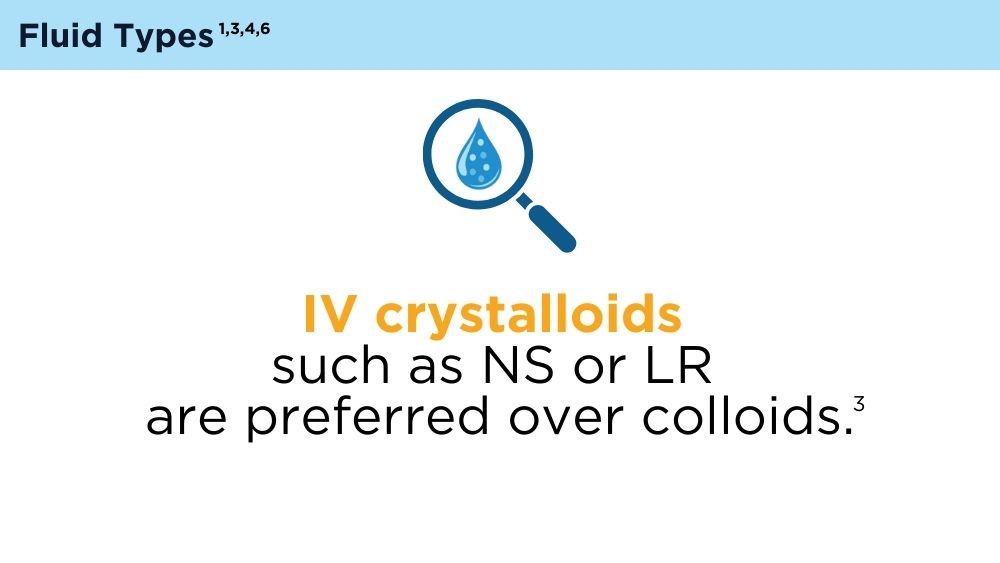
-
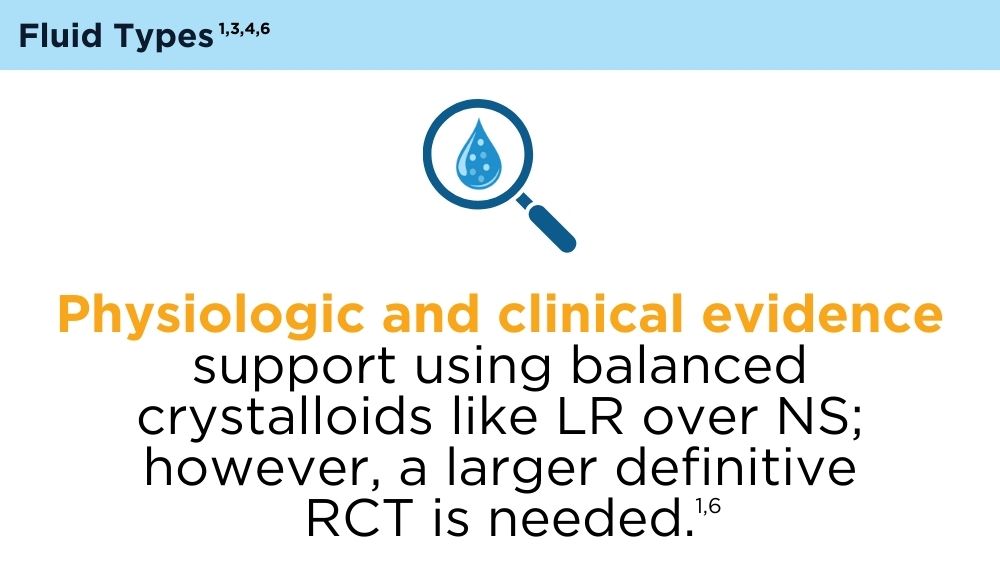
-
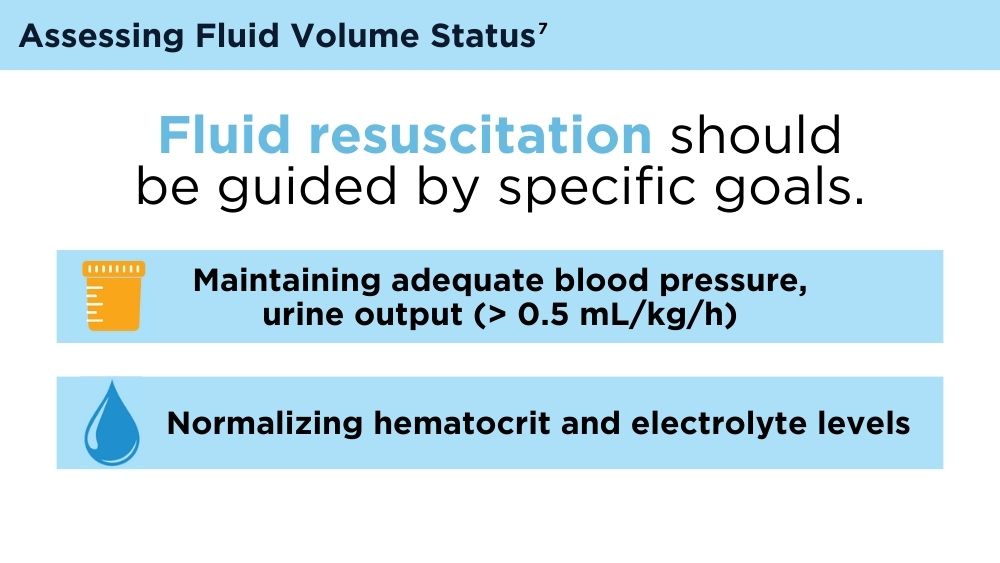
-

-

-

-
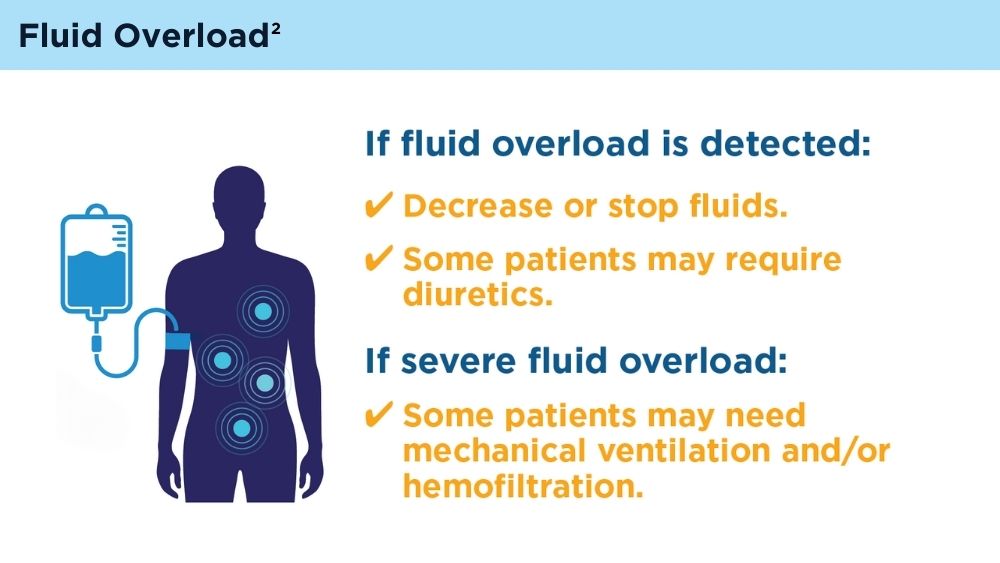
Next Article:
More Endoscopy, Pancreas, & Biliary Tract News
- GLP-1 RAs Safe in the Perioperative Period: New Guidance
- Screening Options for Rare Malignancies
- AI Tool Helps Detect, Differentiate Pancreatic Lesions During Endoscopic Ultrasound
- Baveno VI Criteria Appear Cost-Effective for Detecting Varices in Cirrhosis
- ACG/ASGE Task Force Identifies 19 Indicators for Achieving Quality GI Endoscopy
- Automated ERCP Report Card Offers High Accuracy, Minimal Work
- Advanced Tissue Resection in Gastroenterology: Indications, Role, and Outcomes
- May 2024 – ICYMI
Acute and Chronic Pancreatitis


